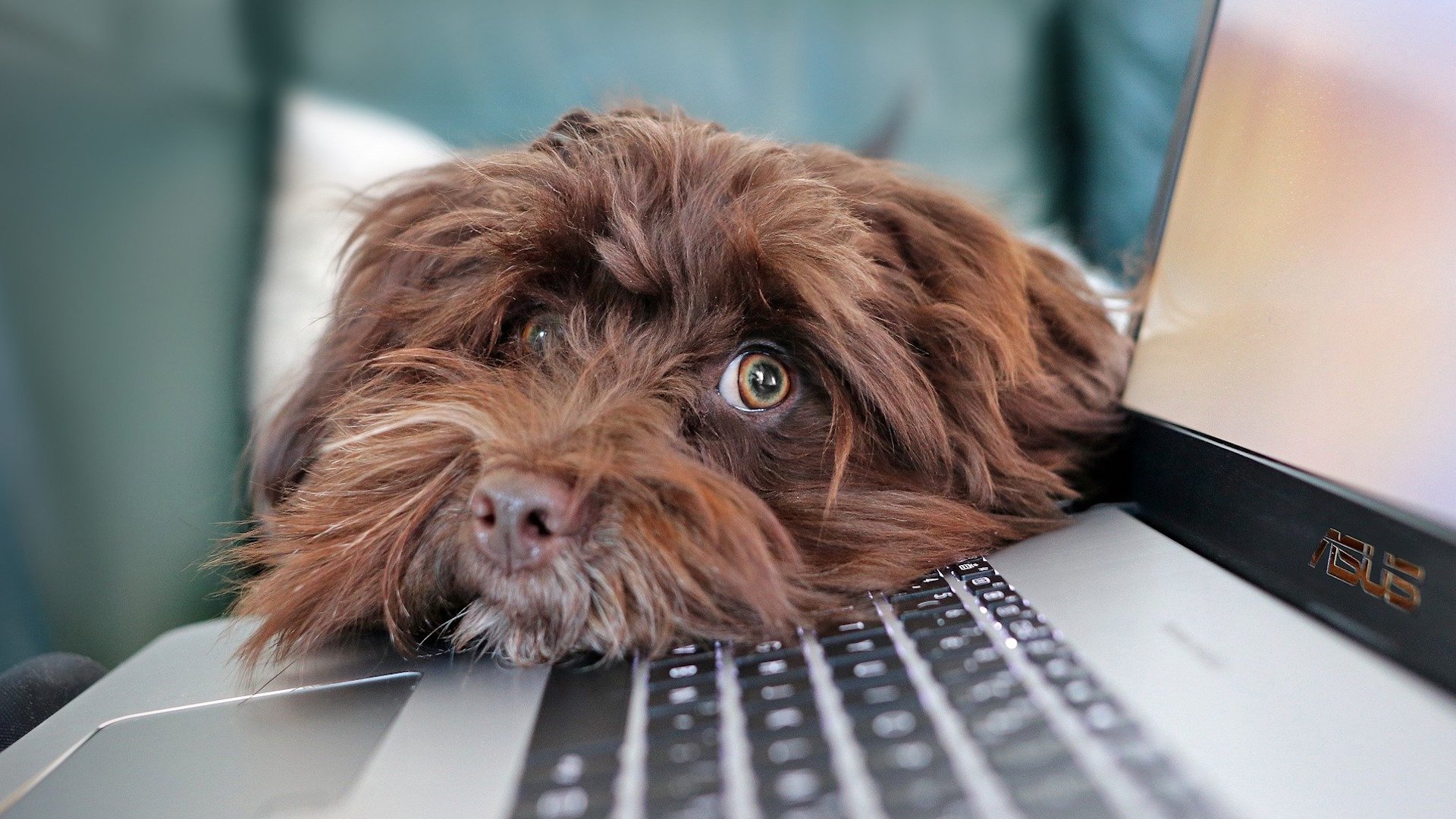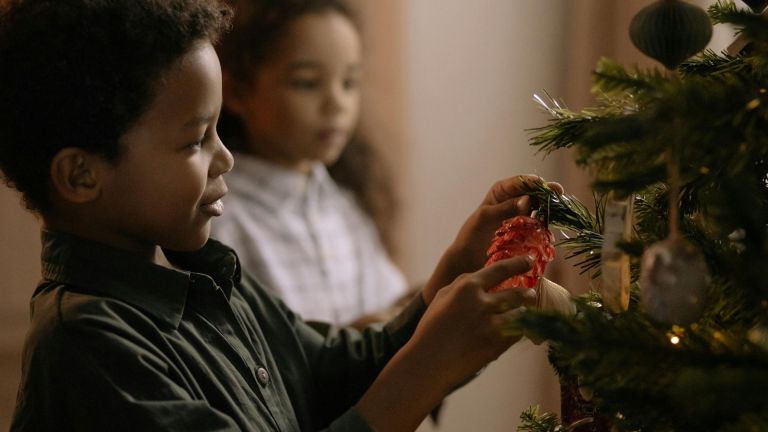Prepare early
You can pre-empt the difficulties your dog might face by changing how you interact with them while still working from home.
Gradually reducing your dog’s access to you throughout the day ahead of your return to the office will help them grow acclimatised to being away from you. It could be as simple as closing the door of the room where you work, but the sooner you start doing this the better.
Don’t forget the importance of routine
Disruption to routine can be as distressing for dogs as their owners suddenly being out for long periods of time.
While still working from home, it’s a good idea to adapt your morning routine to something resembling the routine you’ll have once back to the office, says Royal Canin.
Consistency is key for keeping your dog’s stress levels down, so don’t be tempted to give them too much extra attention if it means veering away from the routine you are establishing.
Try a stair gate
Petplan recommends installing a stair gate at home to create some distance between you and your dog while still allowing it free roam of some of your house.
Advertising helps fund Big Issue’s mission to end poverty
They’re easy to remove and mean your dog still has a view of people going about their business, but can help pets learn to be okay without constant access to owners.
Create a cosy space for your dog
According to the Dogs Trust, establishing a spot for your dog to feel safe, secure and comfortable is important in allowing it to feel confident when home alone.
A soft bed in a quiet area or a cosy crate can make all the difference when trying to help dogs relax. Clothes or towels which smell like their owners can help them relax, too.
Make sure dogs are entertained
The more bored a dog is while home alone, the more likely it will develop separation anxiety.
It’s crucial your dog has enough chews and toys to ensure being home alone is still an enriching time, and reduces the likelihood of them damaging possessions and furniture out of stress.
It’s also important to ensure your dog is getting enough exercise, on International Dog Day and every day. If it has been walked enough, it’s more likely to use its time alone to rest.
Advertising helps fund Big Issue’s mission to end poverty
Don’t make a fuss when leaving or arriving home
Blue Cross warns that if your farewells upon leaving the house in the morning are loud and extravagant, your dog’s stress levels are more likely to increase and it could develop anxiety associated with your hellos and goodbyes.
Keep it low key and, if your dog is particularly anxious upon your return, try not to interact with it too much until it has calmed down.
Leave the radio on
Plenty of people don’t like to be stuck in a completely silent house, and some dogs are no different. The gentle sound of voices from a TV or radio can be enough to soothe your dog when no one’s home.
Visit your vet
If your dog is showing signs of separation anxiety, it’s important to pay a trip to your vet. They can advise you on how best to help your pooch through stress, but anxiety symptoms could also indicate an underlying illness which a vet could identify.









